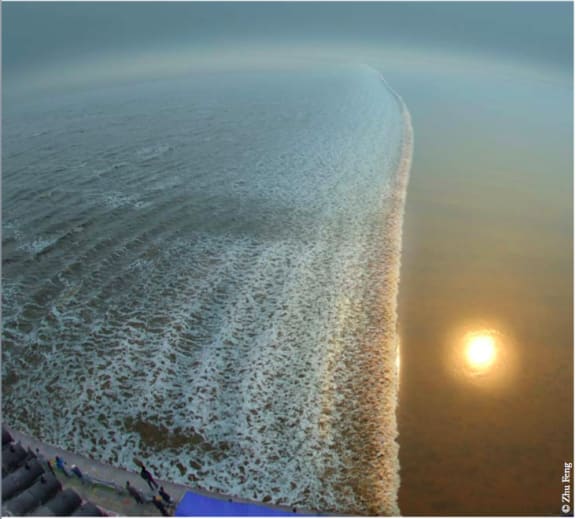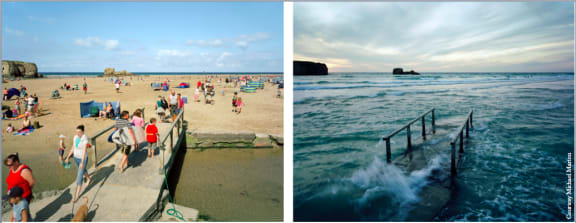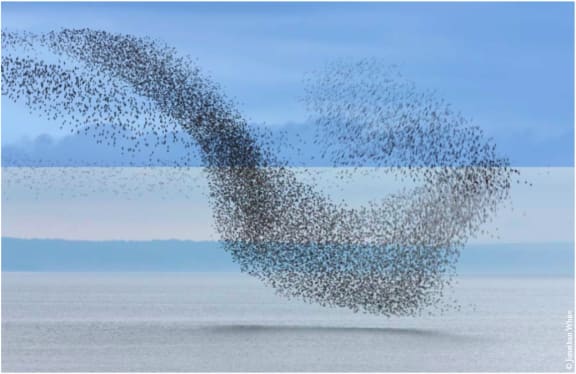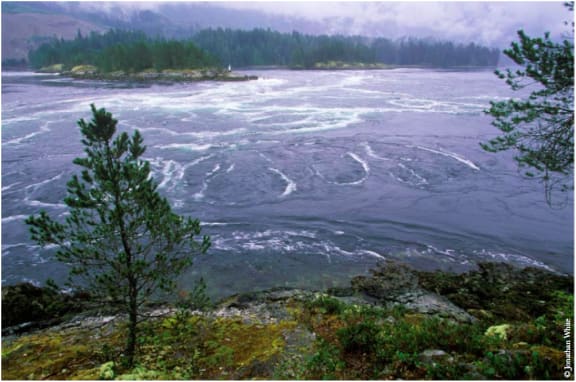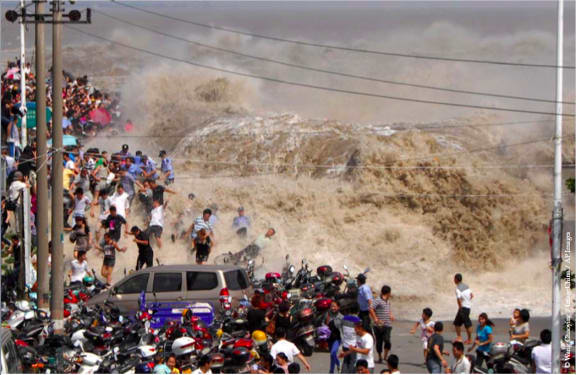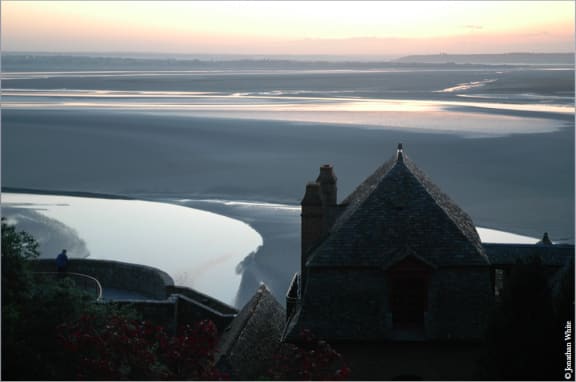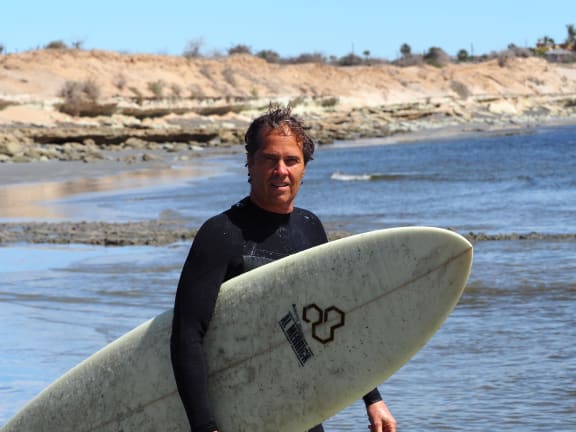The history of New Zealand is inextricably linked to the Ocean and the tides that brought the first settlers here.
Writer, sailor and surfer Jonathan White believes that tides teaches us to live with mystery and complexity.
He travels around the world investigating the way people have organized their lives around high and low tides and has written a book about it called Tides: The Science and Spirit of the Ocean.
An avid surfer, sailor and diver, White grew up on the California coast with a tide chart always in his back pocket but didn’t really know how they worked.
After a close call during a sailing trip near Alaska, he decided it was time to find out more.
He says there are plenty of historic theories behind how tides exist.
Ancient Chinese believed they were the result of a dragon going in and out of its cave, while Leonardo Davinci was convinced it was the breath of a great beast and he set out to calculate the size of its lungs.
These days we know a lot more about tides, but White believes there are still some significant mysteries.
One of those includes the relationship between tides and seismic activities, White says.
“Common sense would tell us there is a relationship but it hasn’t been scientifically proven yet.
“If gravity and the relationship of the moon and the sun to the earth is sloshing the waters of the earth around, surely there must be some relationship to other… earthly activities, you know, deep large rumblings in the earth so to speak.”
He says chronobiology – a field of biology that explores time and life - is investigating the rhythms of the tides in humans and creatures living on the shoreline.
“We know it’s going on but we don’t know how it works.”
In researching the book White says he’s discovered there are all sorts of mysterious connections around tidal patterns.
“We’re continuously discovering these new relationships so we’re going to find there are inevitably these interconnected sensitivities with lunar and tidal rhythms, especially those of us who live near the water that we don’t really know about.”
An interesting discovery White made while doing his research was around tides underneath the oceans’ surface, or internal tides.
“There’s been discoveries that these waves are 1500 ft high and they travel in slow motion all around the world.
“Basically it’s formed around precipitous drops or cliffs under the water where the tide builds up, then when it goes slack they fall back and travel around the world.”
The tidal waves then break on reefs and rocks underneath the shallow ocean.
White, who has spent his entire career working in marine conservation, says he was previously opposed to using tides to create energy but has now changed his mind.
Hostile conditions underwater make it hard to harness the energy, but White says he expects more power generating devices will be popping up all over the world in the next five to 10 years.
“I don’t think that tide energy is the silver bullet you know that’s going to fix everything in terms of renewable energy, I think it’s a viable part of the puzzle.”
